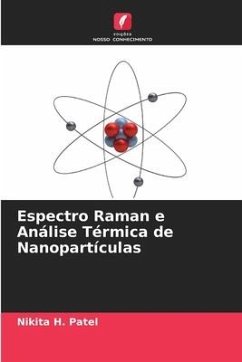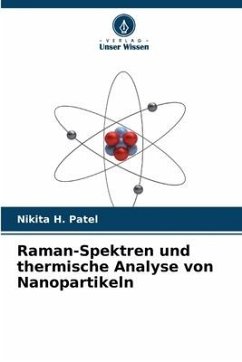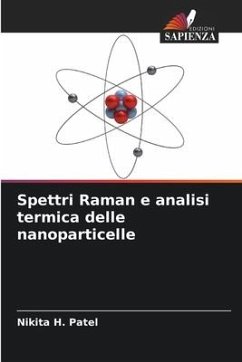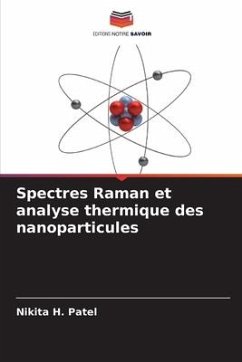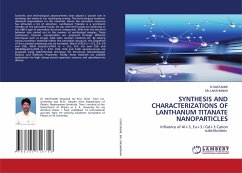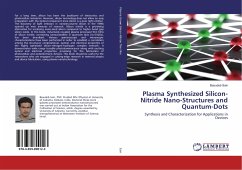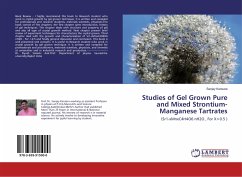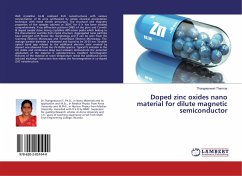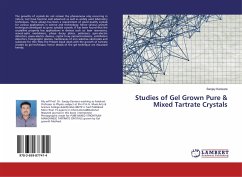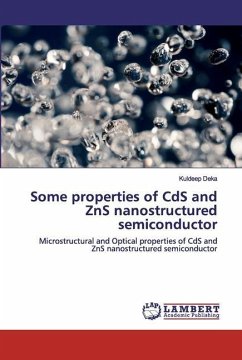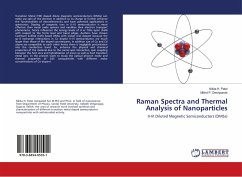
Raman Spectra and Thermal Analysis of Nanoparticles
II-VI Diluted Magnetic Semiconductors (DMSs)
Versandkostenfrei!
Versandfertig in 6-10 Tagen
27,99 €
inkl. MwSt.

PAYBACK Punkte
14 °P sammeln!
Transition Metal (TM) doped dilute magnetic semiconductors (DMSs) can make use spin of the electron in addition to its charge to further enhance the functionalities of microelectronics and have potential applications in spintronics. Doping of magnetic ions in II-IV semiconductor is more effective than metal oxide systems and modifies their electron transport phenomena, hence influences the energy levels of d or f-like open shells with respect to the Fermi level and band edges. Authors have chosen Cadmium Sulfide (CdS) based DMSs with Cobat (Co) dopant because the sp-d exchange interactions in ...
Transition Metal (TM) doped dilute magnetic semiconductors (DMSs) can make use spin of the electron in addition to its charge to further enhance the functionalities of microelectronics and have potential applications in spintronics. Doping of magnetic ions in II-IV semiconductor is more effective than metal oxide systems and modifies their electron transport phenomena, hence influences the energy levels of d or f-like open shells with respect to the Fermi level and band edges. Authors have chosen Cadmium Sulfide (CdS) based DMSs with Cobat (Co) dopant because the sp-d exchange interactions in Co doped II-VI semiconductor are much larger than those of Mn doped counterparts, in addition size of Co and Cd atoms are compatible to each other hence there is negligible perturbation into the conduction band. So, enhance the physical and chemical properties of the material due to the carrier-spin interaction, spin coupling between the host ions and hybridization of anion as well as host transition metal ions. In the present work to study the optical phonon mode and thermal properties of CdS nanoparticles with different molar concentrations of Co dopant.



